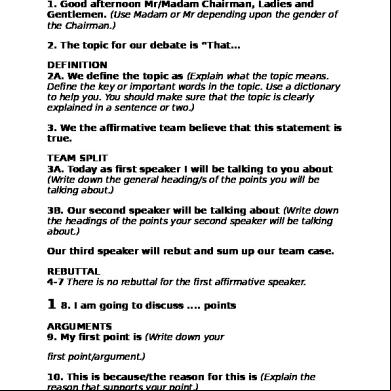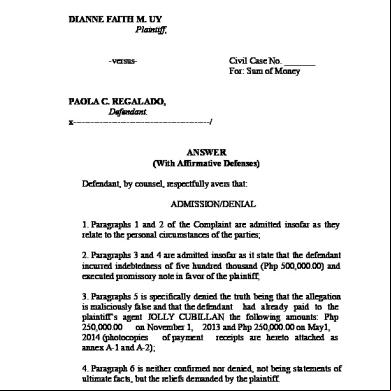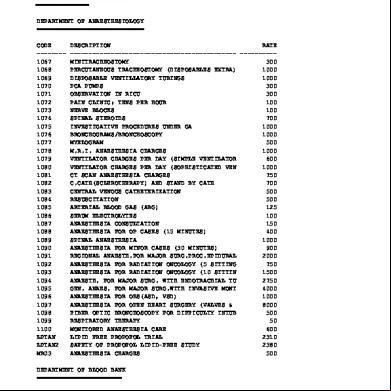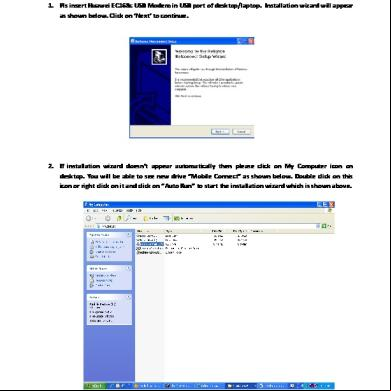Affirmative 342q6f
This document was ed by and they confirmed that they have the permission to share it. If you are author or own the copyright of this book, please report to us by using this report form. Report 2z6p3t
Overview 5o1f4z
& View Affirmative as PDF for free.
More details 6z3438
- Words: 560
- Pages: 16
Affirmative Action Presented by: Alan Gibson Craig Messing Tintisha Sagar Samantha Sumulong
The Necessity of Continued of Civil Rights and Affirmative Action Legislation
Life in the 1960’s • Oppression of the Rights of Women and Minorities Right to Vote Restriction of First Amendment Rights: Free Speech / Right to Protest • Discrimination • Separation of Races • Violence
Discrimination in Employment Policies • Employers were much more likely to employ a white than a minority. • Minorities usually had only the most menial of jobs open to them. • Minorities and Women were Paid Lower Wages, EVEN if their Work was Actually Better than their Counterparts‟.
Civil Rights Act of 1964 • Title I Equal Voting Rights
• Title II Outlawed Discrimination in Public Places Engaged in Interstate Commerce
• Title III Encouraged and Provided a Means for the Desegregation of Public Schools
• Title IV Authorized Withdrawal of Funds from Programs Practicing Discrimination
• Title V Outlawed Employment Discrimination; Created Equal Employment Opportunities Commission
Improvements Created by Civil Rights and Women’s Movements • Employment opportunities, university enrollment, etc of women and minorities risen dramatically. • Enforcement of policies of fairness towards all peoples commonplace. • Fairer wages.
The Necessity of Continued Enforcement of the Laws
The Necessity of Continued Enforcement of the Laws • Many people in this country still, unfortunately, are opposed to the ideal of equality • Any lack of enforcement of these laws gives more power to such people • Although progress in achieving equality has been made due to the laws, true equality has not yet been reached, and can only be attained through further diligence
The necessity to ban Affirmative Action
What is Affirmative Action? • A common misunderstanding: Reservation of certain facilities to „under-privileged‟ minorities
• What it really means: Title VII of the 1964 Civil Rights Act states that: “703 (j) Nothing contained in this title shall be interpreted to require any employer… to grant preferential treatment to any individual or to any group because of the race, color, religion, sex, or national origin group on of any imbalance which may exist with respect to the total number or percentage of persons of any race, color, religion, sex, or national origin by any employer…”
Why create Affirmative Action? • The intended purpose of Affirmative Action is to increase the opportunity for minority groups • “You do not take a person …bring him up to the starting line of a race and say, 'you are free to compete with all the others,' and still justly believe that you have been completely fair.” – President Lyndon B. Johnson, 1965
College issions • A 3.2 GPA vs. a 4.0 GPA • Demeaning to link achievement to affirmative action • Hard work, discipline and achievement should be awarded
Affirmative Action
=
Reverse Discrimination
• Affirmative action also affects the majority group i.e. leads to Reverse Discrimination.
Employment • Hiring under-qualified people • Quality of work may decrease • Morale of employees is affected
Chart • More effective employees may be at a disadvantage 25 20 15 Actual
10
By IQ
5 0 0k 10k
10k20k
20k30k
30k- 45k & 45k over
Disadvantages • Accepting students who cannot meet the minimum requirements • Scholarships aimed specifically towards minorities • Hiring employees who are not as qualified as others
The Necessity of Continued of Civil Rights and Affirmative Action Legislation
Life in the 1960’s • Oppression of the Rights of Women and Minorities Right to Vote Restriction of First Amendment Rights: Free Speech / Right to Protest • Discrimination • Separation of Races • Violence
Discrimination in Employment Policies • Employers were much more likely to employ a white than a minority. • Minorities usually had only the most menial of jobs open to them. • Minorities and Women were Paid Lower Wages, EVEN if their Work was Actually Better than their Counterparts‟.
Civil Rights Act of 1964 • Title I Equal Voting Rights
• Title II Outlawed Discrimination in Public Places Engaged in Interstate Commerce
• Title III Encouraged and Provided a Means for the Desegregation of Public Schools
• Title IV Authorized Withdrawal of Funds from Programs Practicing Discrimination
• Title V Outlawed Employment Discrimination; Created Equal Employment Opportunities Commission
Improvements Created by Civil Rights and Women’s Movements • Employment opportunities, university enrollment, etc of women and minorities risen dramatically. • Enforcement of policies of fairness towards all peoples commonplace. • Fairer wages.
The Necessity of Continued Enforcement of the Laws
The Necessity of Continued Enforcement of the Laws • Many people in this country still, unfortunately, are opposed to the ideal of equality • Any lack of enforcement of these laws gives more power to such people • Although progress in achieving equality has been made due to the laws, true equality has not yet been reached, and can only be attained through further diligence
The necessity to ban Affirmative Action
What is Affirmative Action? • A common misunderstanding: Reservation of certain facilities to „under-privileged‟ minorities
• What it really means: Title VII of the 1964 Civil Rights Act states that: “703 (j) Nothing contained in this title shall be interpreted to require any employer… to grant preferential treatment to any individual or to any group because of the race, color, religion, sex, or national origin group on of any imbalance which may exist with respect to the total number or percentage of persons of any race, color, religion, sex, or national origin by any employer…”
Why create Affirmative Action? • The intended purpose of Affirmative Action is to increase the opportunity for minority groups • “You do not take a person …bring him up to the starting line of a race and say, 'you are free to compete with all the others,' and still justly believe that you have been completely fair.” – President Lyndon B. Johnson, 1965
College issions • A 3.2 GPA vs. a 4.0 GPA • Demeaning to link achievement to affirmative action • Hard work, discipline and achievement should be awarded
Affirmative Action
=
Reverse Discrimination
• Affirmative action also affects the majority group i.e. leads to Reverse Discrimination.
Employment • Hiring under-qualified people • Quality of work may decrease • Morale of employees is affected
Chart • More effective employees may be at a disadvantage 25 20 15 Actual
10
By IQ
5 0 0k 10k
10k20k
20k30k
30k- 45k & 45k over
Disadvantages • Accepting students who cannot meet the minimum requirements • Scholarships aimed specifically towards minorities • Hiring employees who are not as qualified as others










